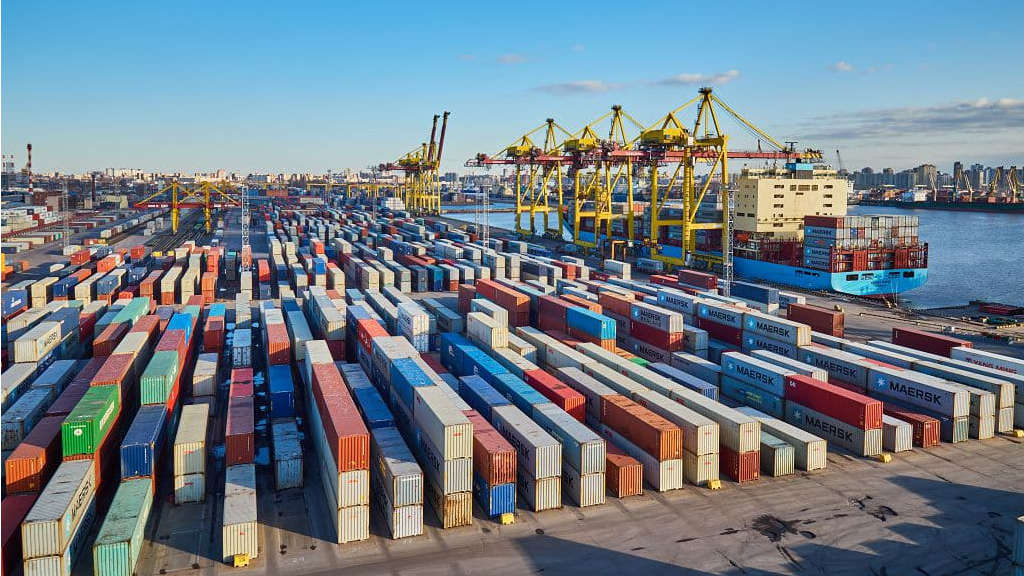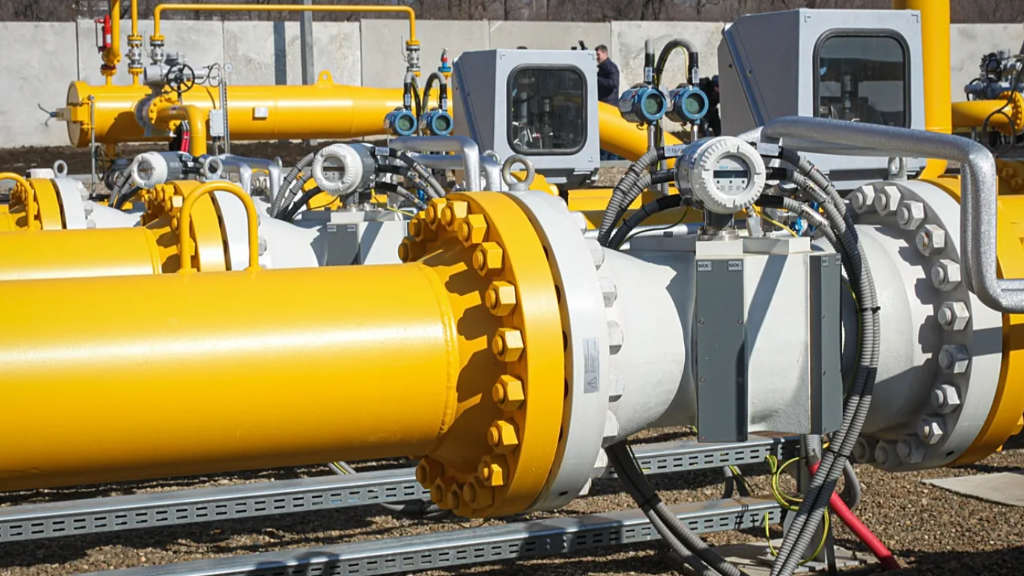The cargo turnover of all Russian seaports grew by 7.9% in September 2025 relative to September 2024, according to the SeaNews PORTSTAT analytical online service. Liquid petroleum cargo accounts for almost 50% of the cargo turnover structure of all Russian seaports.
Russian exports, which accounted for 77.6% of the total cargo turnover in September 2025, increased by 6.4%. Coastal transshipments increased by 11.1%, while transit grew by 35.6%. Russian imports decreased by 11.6%.
The percentage shares of crude oil and petroleum products in the total transshipment volume in September were 32.6% and 11.7%, respectively. Coal and coke accounted for 23.4%. This implies that sanctions targeting Russian oil exports are having an effect, but the downside of this is balanced by an increase in other energy products and a greater diversity in products.
The highest dynamic was in the ore segment, where transshipment increased by 50.5%. Packaged and piece cargo transshipment grew by 40.2% more than in September 2024. Scrap metal turnover increased by 29.3% as Russia’s recycling sector, aimed at reducing waste, starts to make an impact.

The cargo flow of other bulk cargo decreased by 31.4%. Roll-on/roll-off cargo transshipment decreased by 26.6%, and other loose cargo by 24.9%.
In geographic terms, the percentage of total Russian cargo handled during September was as follows:
- Azov/Black Sea Ports: 30.9%
- Baltic Ports: 29.5%
- Far East Ports: 28%
- Arctic Ports: 10.5%
- Caspian Sea Ports: 1.1%
The low Caspian Sea Ports figure reflects the huge amount of work that still needs to be put in to develop the ISNTC routes; however, these volumes are expected to jump over the coming five years due to the huge amount of redevelopment work being conducted by the Caspian Sea nations in port redevelopment.
Empty container transshipment decreased by 21.2%, also suggesting that bottleneck problems in moving empty containers back into productive use have also been resolved.
Further Reading





